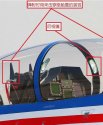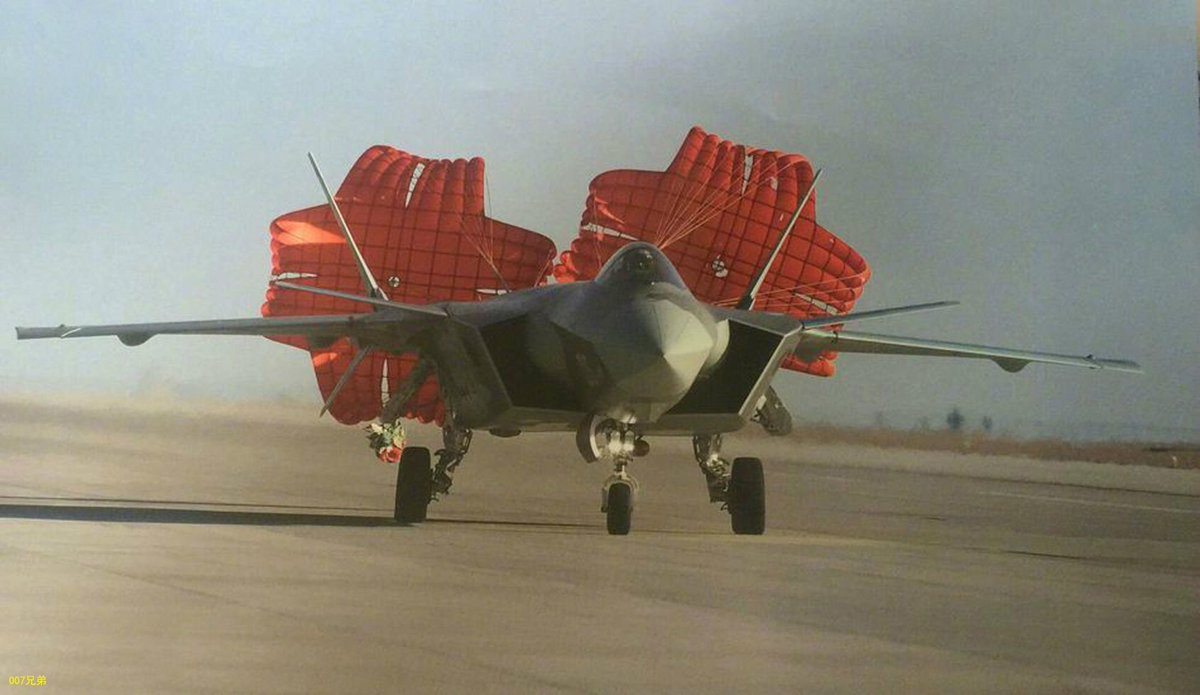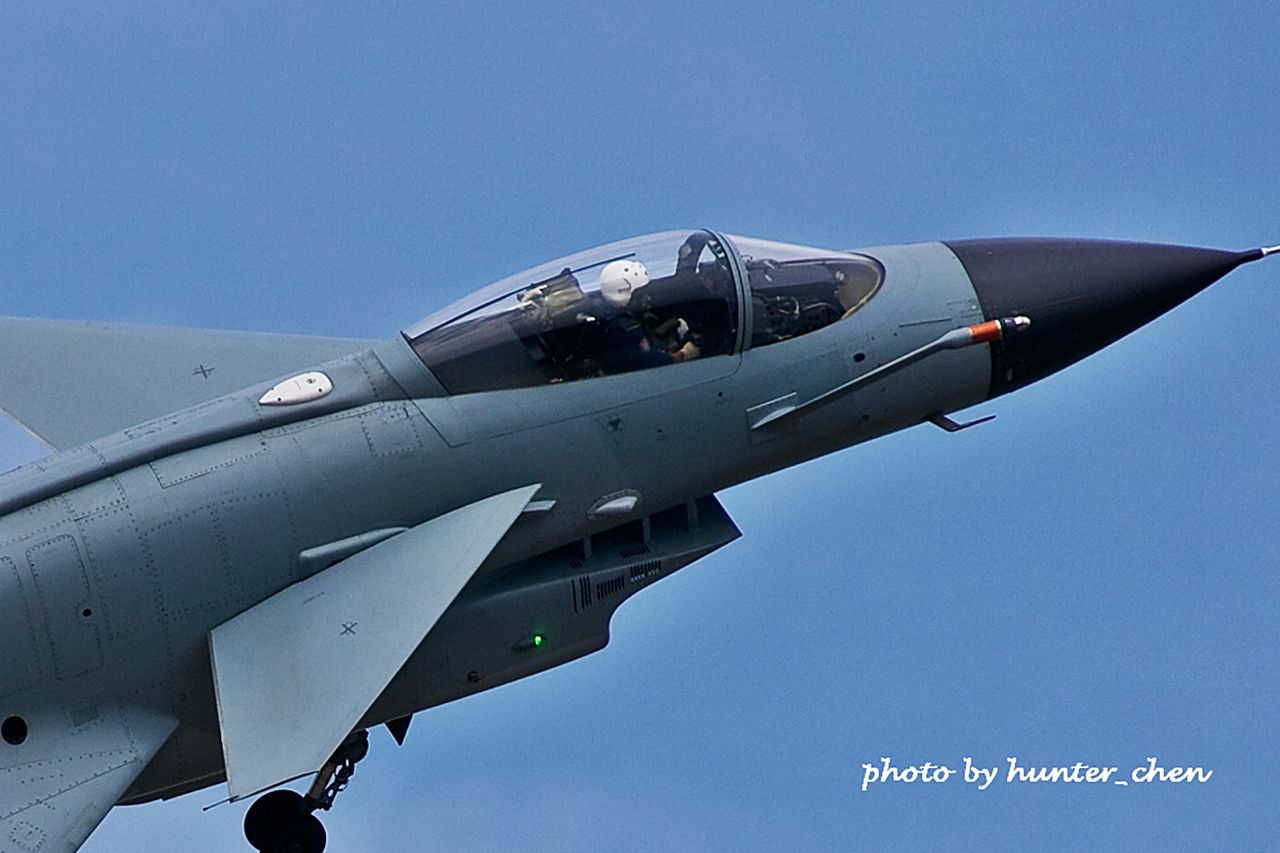Here is the elaboration of that J 20 interview with the brigade commander. From Henri K
J-11B Squadron Chiefs Speak on the J-20
After
on this new generation stealth fighter jet, it is the turn of a Chinese Air Force brigade commander (PLAAF), also Pilot of
J-11B and squadron commander at the last military parade on the occasion of the 90th anniversary of the People's Liberation Army (PLA), who gave us other interesting details in
.
Since the acquisition of the
Su-27SK assembly line in 1992, both Institute 601 and Factory 112, both located in Shenyang, have continued to make further improvements to this heavy-duty fighter iconic.
Last variant of the family's single-seater operation, J-11B embarks with it several improvements - new avionics suites, a wide array of Air-Air weaponry and a new engine, all Made in China.
The brigade directed by its commander XIAO Jun (肖军) received their J-11B very recently, in 2015. Built more than 100 copies, the plane which serves as well in the air force and the Chinese navy Is undoubtedly one of the pillars of air defense of the country today.
J-11B in air combat exercise against J-10B.
"Unfortunately, we have to admit that compared to the J-20s,
J-16s and
J-10Cs , which also parade with us, the J-11B has a certain capability gap," confesses XIAO, who overflew the Zhurihe aboard his interceptor on July 29, under the eyes of all senior Chinese military officials, including Chinese President XI Jin Ping.
The unit of this elite pilot won two "gold helmets" in 2016 - barely a year after receiving their new aircraft - which represent the highest reward for a pilot Chinese Air Force after having "fought" in an annual air exercise equivalent to NATO's "Red Flag", involving all the best pilots of the PLAAF.
"This newborn is already old," says XIAO, placing his hand on the cell of his plane, not without emotion, "but it reflects the speed at which our air forces are mutating."
Not far from him and his J-11B is the J-20 in livery digitalised tones.
But in the face of the slogan of the new entity of J-20, which wants to "sweep all 3rd generation devices" (4th in US and Russian classification), the commander only partially agrees.
"Indeed, in a one-on-one fight, some gaps between generations are insurmountable," says XIAO, without revealing what gaps it is, "But modern air combat today is a confrontation between systems systems. "
His evidence suggests that the first series J-20s, all of whom are now assigned to an experimental evaluation unit of the PLAAF, have already confronted the other models of Chinese fighter aircraft, and make us think of the overwhelming score of 10 : 0 evoked by
.
"A plane, however formidable it may be, can not win a war alone," he adds, "No weapon can fulfill a mission alone, each has its own place. "
Surveillance, command, communication, electronic control, anti-aircraft units on the ground ... etc are all components in a systems system. This requires each pilot, whatever the aircraft on which he is flying, deeply understands the constitution and operation of such a global system.
"If the gaps in equipment are sometimes difficult to fill, the gap in ideas in the heads of people (pilots) is even more scary," admits XIAO Jun.
A serial J-20 fresh from the factory.
J-10C, equipped with latest-generation PL-10 and PL-15 missiles (Photo: zhang81zhang)
As for the question of the future of "older" generation aircraft, another PLAAF officer gave his opinion.
"We are going to develop this platform in a sustainable and progressive way," said YANG Ze (杨泽), another squadron commander of the XIAO brigade, also a J-11B pilot, "When a plane has matured From a platform point of view, there are still many points that we can continue to improve, be it radar, electronic combat systems and avionics ... etc. "
"To say that the J-11s are declining plane, I do not agree," says YANG. "If the J-20 is the backbone of our system, third-generation hunters remain its body. There is still much to do. "
Henri K.







